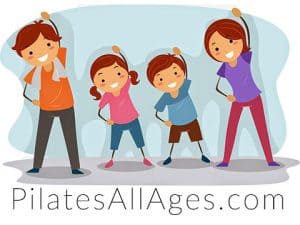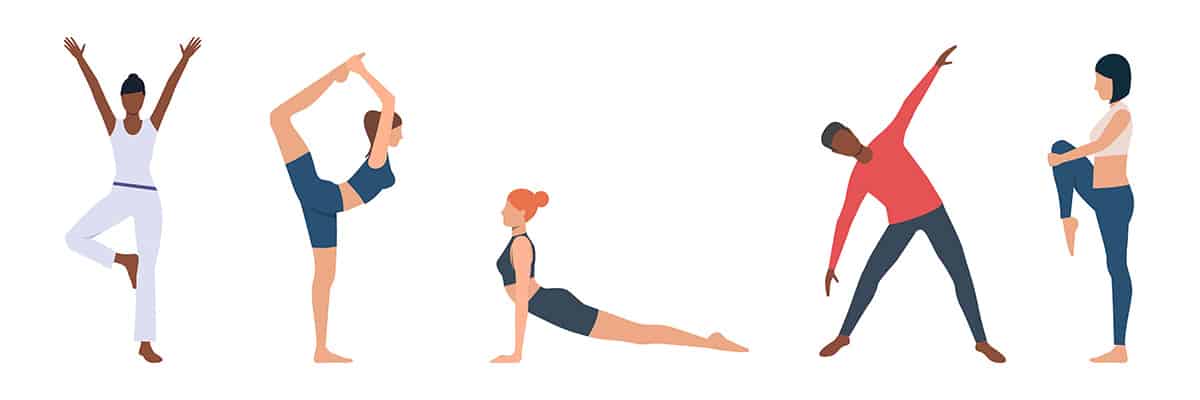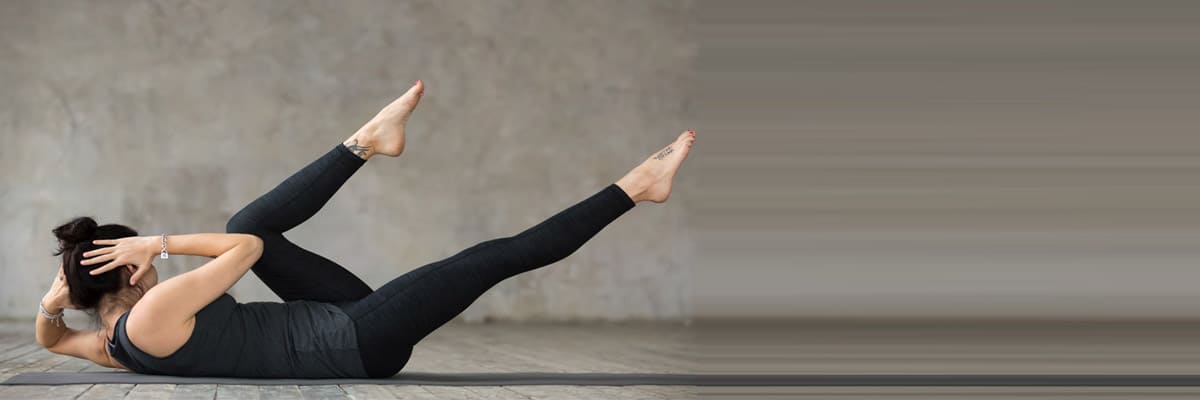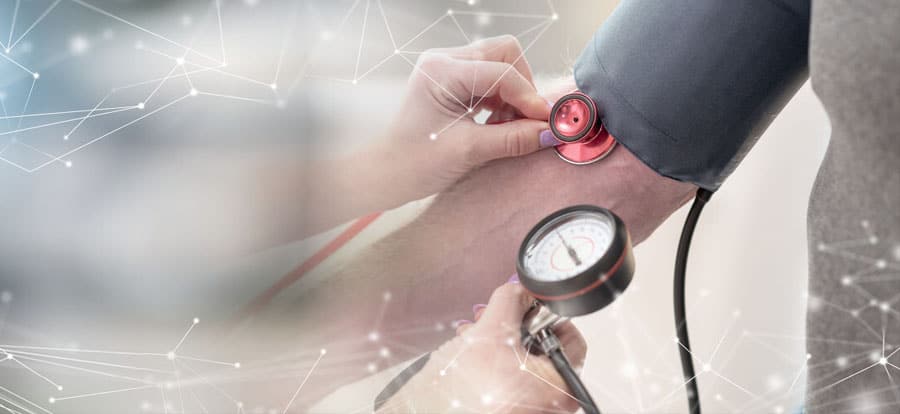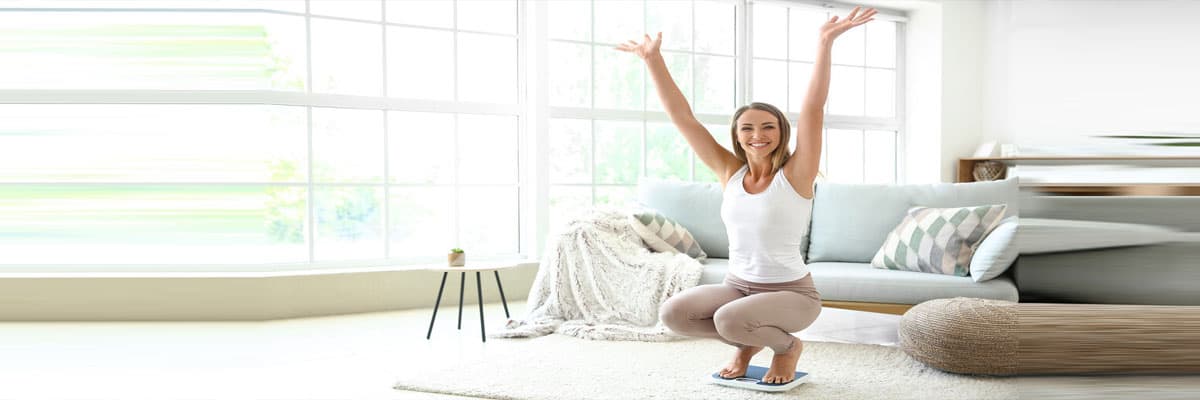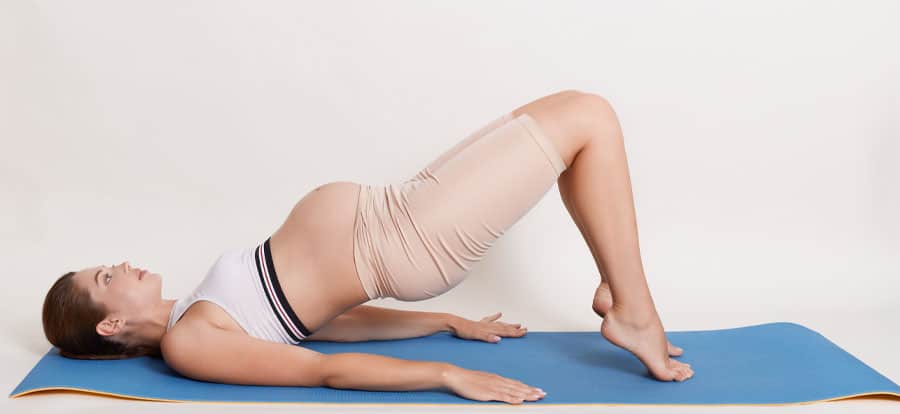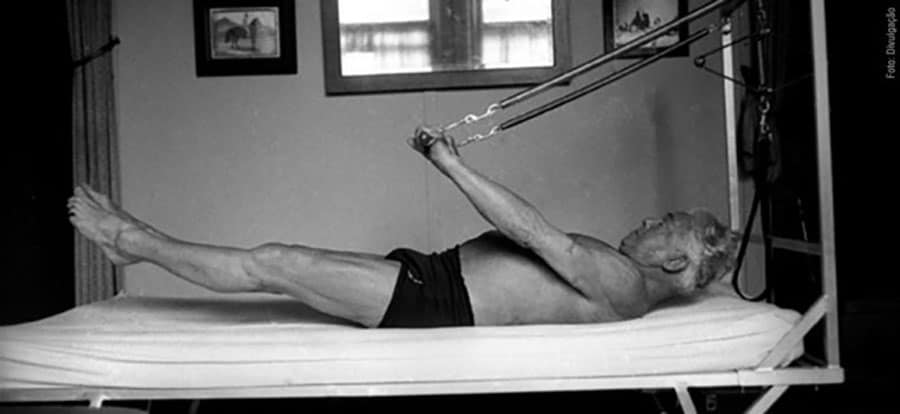“Will pilates help me lose weight?” This can be considered a question asked very often by students and patients who have this goal, to their Pilates instructors. However, what happens is that a few instructors end up being insecure in relation to this question and even questions arise on the part of these professionals when it comes to answering whether the Pilates Method really has a considerable energy expenditure. In the text below, we will understand a little more how Pilates works to burn fat, demystifying all the myths about this statement! Do you want to know if Pilates loses weight? Check out!
“Pilates does lose weight!”
Myth.
The Pilates method is a physical activity that works the body as a whole, so it is a complete activity that aims to provide conscious control of all movements and provide the balance of forces in the body. The method is based on six principles for performing exercises, namely: breathing, concentration, precision, coordination, control, and fluidity. And through disciplined practice Pilates will stretch and increase the flexibility of the body, in addition to strengthening the joints. This is the main objective of the method, it is not an activity aimed at weight loss, so if you seek Pilates classes for this purpose, this is not the focus, but it can help with weight loss. Now, let’s go to our next statement:
“Pilates strengthens your muscles and can HELP you lose weight”
Truth.
It is worth remembering that the practice of Pilates generates several benefits, which can be considered beneficial consequences, but that is not why they are less important, is it? As we explained above, the Pilates method is not an activity focused on weight loss, but it can help! All exercises aim to strengthen the deep stabilizing muscles of the abdomen, promote mobility for the joints, and also re-educate movement. As well as better body awareness, improved posture, and healthy muscles (elongated and toned).
The movements performed during Pilates provide stretching and strengthening that may seem simple, but act on the body in an integrated and individualized way. In addition, the practice of the method stimulates the body and improves its functioning, accelerating the metabolism, which generates a balance of the whole body and also helps in weight loss.
However, when you only practice Pilates for weight loss, the result may not be as efficient, because as explained, the method does not generate as much fat loss by itself, according to studies, a Pilates class of approximately 1 hour can lose 200 to 400 calories, depending on the course of the class and the exercises that will be practiced in it. So it is important to assist your student who seeks weight loss to seek to have a healthy and balanced diet, preferably with a professional to guide you. Also, give the tip for your student to seek another physical activity with high caloric expenditure to do together with Pilates. And there is even scientific proof!
According to an article published by the American researcher Hallsworthk, the practice of resistance exercises, as is the case with Pilates, during approximately 8 weeks can decrease liver fat by 13%. Therefore, you as an instructor should explain to your student that Pilates does lose weight through the burning of calories as a result of your exercises. What happens then is that some benefits of Pilates favor weight loss and especially provide quality of life for its followers. Still, there are people who think that only the practice of the method can be miraculous, so let’s go to our next statement.
“Pilates will make me well-toned”
Myth.
As already explained, the practice of Pilates can also generate, combining all other benefits with fat loss, as it is a physical activity that increases caloric expenditure. However, many people still think that just like the first statement, Pilates will define the body in the same way as other activities such as weight training.
It is necessary to explain to students who come with this thought that over time with practice there may be changes in the physical, resulting from the strengthening of the muscles of the legs and arms, in addition, the waist and buttocks can be modeled.
Pilates for slimming and toning the body can help you to stay in shape, and especially improve body posture and develop a more flexible musculature and as a consequence create a harmonious body.
But always remembering that each body is unique and each one will have a different answer. Thus, we cannot say that Pilates will certainly model your body, as everything depends on several external factors such as food, lifestyle, and the body’s response to the activity.
“Pilates is indicated for obese people”
Truth.
We have already seen that the Pilates method contributes to weight loss with all the benefits it provides to those who practice it. However, after explaining that the goal of the method is not weight loss, many people may question themselves when they see that it is one of the main activities indicated for obese people. We will explain why he is indicated for this problem.
We know that obesity is a public health problem, which generates disorders such as hypertension, diabetes, obstructive sleep apnea, and cardiovascular diseases, so we can understand why treatment for this problem should not be focused only on weight loss.
Below we extract parts of the text from the contributor to the Pilates Blog, Angeles Rayes, “Pilates for the obese: the effectiveness of the scientifically proven method”, in which she made a scientific article to analyze the subject.
“Physical activity programs are indicated as a form of treatment for obesity and overweight, but the existing therapy programs present several difficulties, such as joint overload, the monotony of the process, and low level of adherence. However, Pilates for the obese is very suitable for not having these difficulties.
Pilates, created by Joseph Hubertus Pilates is a method that presents a great diversity of movements, with exercises that respect joint mobility, several of them in a lying and sitting position, thus minimizing joint overloads, besides presenting the characteristic of not reaching exhaustion.
From there came my interest in applying the Pilates Method for obese people and for all the public who were overweight, in order to lose weight or search for a better quality of life, and who had problems engaging in physical activities due to complaints such as joint pain such as the knee, ankle, and hip; monotonous exercise modalities like walking and cycling or strenuous exercises.
After conducting a thorough search of scientific articles related to body composition and Pilates, I found that there were few articles published on the subject and with some methodological flaws in the studies analyzed, such as limited standardization in measurement techniques, deficient information on the exercises applied, insufficient or no control of nutritional status, and the instructor’s qualifications inconsistent.
After extensive research, the effectiveness of the method for the obese is proven and the conclusion I reached was that there is a significant reduction in fat mass, waist and hip circumference, and an increase in lean mass in the Pilates group after 8 weeks of training.
I concluded that Pilates helps lose weight in different ways, even though it is not its main objective. But the long answer is YES, Pilates is very good for you and your body. But there are people who still think our next statement is a myth. Check out!
“Pilates can be combined with functional training”
Truth.
Functional training is a type of training considered contemporary. Created in the USA, arrived in Brazil in the 90s. This technique consists of transferring exercises to the activities of people´s daily lives.
Functional training uses equipment with easy logistics or simply the body itself, evading traditional strength and resistance training, offering several benefits, such as increased proprioception, strength, muscular endurance, improved flexibility, motor coordination, balance, and cardiovascular conditioning and weight loss.
The functional technique is based on the stimulation of the human body so that all the qualities of the musculoskeletal system and its independent systems are improved. It improves all capacities and systems with the success of its application in rehabilitation, the concept started to be used in the development of programs to improve athletic performance and physical conditioning to minimize possible injuries.
Functional movements are universal motor recruitment patterns, being performed in a contraction wave, from the center to the end, in addition to being compound movements, that is, covering multiple joints. They are natural, effective, and efficient locomotor movements of the organism and of extreme objectives.
The functional training inserted in Pilates grows every day. Training functionality for activities of daily living and activities of professional life is of great importance to avoid imbalances, dysfunctions, and injuries.
Because it is functional training, the performance in a varied context of methods aims to make the body more intelligent, producing precise and efficient movements.
The main objective of Pilates classes, associated with functional training, is to individualize the orientation of the exercises through kinesiological-functional and postural assessment, taking into account the activities of the patient’s daily and professional life.
Combining this technique with the method brings several benefits to your students, because it is a great way to prevent injuries and at the same time increase performance and lead the student to the result expected by him when starting the practice of Pilates.
Another benefit that the combination of techniques brings is the large repertoire of exercises that you can offer and makes you able to differentiate your classes a lot. In addition, you already have the necessary resources to practice these movements because they are made in Pilates equipment.
The biggest benefit for your students is preventing injuries and increasing their performance. This training covers several joints, such as the ankle, knee, hip, lumbar, thoracic, scapular, glenohumeral. In addition to working the mobility of the ankle, hip, and chest, and consequently avoid pain in the knee, spine, shoulder, or neck.
